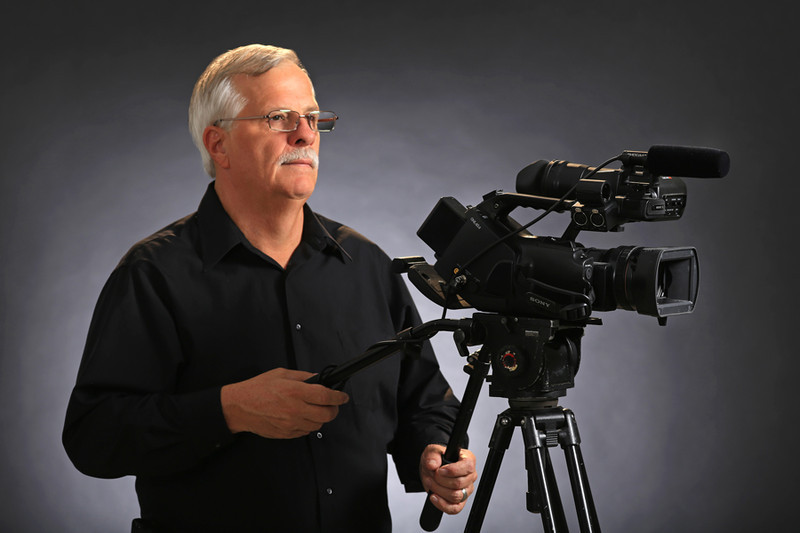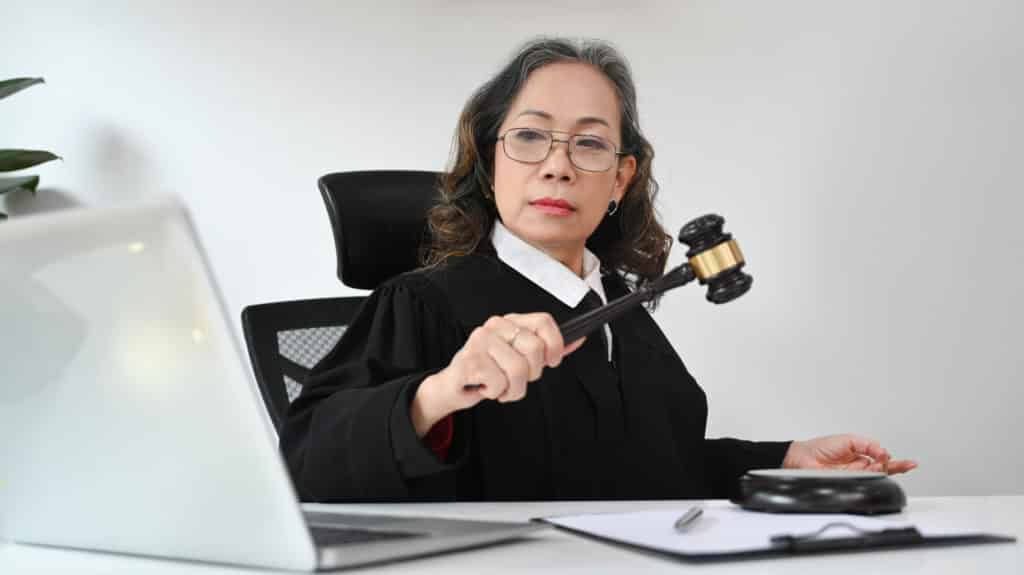Why Legal Videography is Vital for Accurate Legal Documents
Why Legal Videography is Vital for Accurate Legal Documents
Blog Article
Exploring the Systems of Lawful Videography: Introduction Its Operation in Shielding Genuine Visual Statement for Judicial Process
In the realm of judicial procedures, the function of legal videography stands as a keystone in maintaining and providing aesthetic evidence. As innovation proceeds to breakthrough, the mechanisms behind lawful videography have actually come to be increasingly detailed, offering an essential layer of authenticity to testimonies recorded on video. By diving right into the functional intricacies of lawful videography, one can uncover the precise procedures that protect the honesty of aesthetic evidence presented in court rooms - Legal Videography. This expedition not only clarifies the historic development of legal videography but additionally means the future patterns that might better change just how visual testimonies are promoted in the world of justice.
Historic Advancement of Legal Videography
Taking a look at the historical development of lawful videography discloses a considerable change in the catching and discussion of aesthetic evidence within the legal landscape. In the past, lawful proceedings heavily counted on written records and pictures to document events and offer evidence. Nevertheless, with the development of video clip technology, the legal market observed a paradigm shift in exactly how aesthetic testament was recorded and presented.
The advancement of lawful videography can be mapped back to the late 20th century when advancements in video recording devices made it a lot more accessible for use in courts. This technological improvement not only improved the accuracy and dependability of visual evidence but also reinvented the method situations existed to discretionary (Legal Videography). Lawyers started to acknowledge the convincing power of video recordings in conveying emotions, subtleties, and non-verbal signs that created photographs or transcripts alone could not catch efficiently

Innovation Improvements in Video Paperwork
What vital technical innovations have changed video clip documents in the lawful field? The legal area has actually seen considerable improvements in video documentation technology that have actually improved the authenticity and reliability of aesthetic evidence in judicial proceedings. Among the key advancements is high-def (HD) video clip recording capabilities, which provide crystal-clear photos and sharp information that are vital for precisely catching testaments, faces, and various other visual cues. In addition, the combination of timestamping and metadata features in video documentation tools has made it possible for exact paperwork of when and where the video clip was videotaped, making sure the integrity of the proof provided in court.
Additionally, improvements in video security and watermarking innovations have boosted the security and tamper-proof nature of video evidence, securing it against unauthorized changes or tampering. Moreover, the advent of cloud storage options and remote access capabilities has structured the storage space, retrieval, and sharing of video evidence, promoting smooth collaboration among lawful specialists and ensuring effective access to essential aesthetic testimonies when required. These technological developments in video paperwork have definitely changed the lawful area, improving the precision, reputation, and Web Site admissibility of aesthetic proof in judicial procedures.
Function of Legal Videographers in Courtroom Setups
The evolution of video clip paperwork innovation in the legal area has actually required a critical duty for legal videographers in courtroom setups, making sure the stability and reliability of aesthetic testaments provided throughout judicial procedures. Legal videographers play a fundamental duty in catching and preserving exact visual proof that can be essential in litigation. Their duty includes establishing equipment, recording procedures, and generating high-quality videos that accurately mirror the events in the courtroom.
In courtroom setups, legal videographers need to stick to stringent guidelines and requirements to preserve the credibility of the visual document. They should have a keen eye for information and an extensive understanding of lawful procedures to make certain that the footage they record is a real representation of the occasions that transpired. In addition, legal videographers often function very closely with legal groups to make sure that the video evidence aligns with the situation's needs and can be properly offered in court to support the legal debates being made. In general, the duty of legal videographers in court setups is important in upholding the concepts of justice and ensuring the transparency of legal procedures.

Ensuring Admissibility and Honesty of Video Proof
To maintain the integrity of aesthetic evidence offered in lawful process, ensuring the admissibility check that and stability of video evidence is a critical duty for legal videographers. Admissibility refers to the acceptance of proof by the court, and for video clip proof to be permissible, it must satisfy specific standards. Lawful videographers play an essential function in making sure that the video clips they record adhere to the rules of evidence, such as reliability, authenticity, and significance.
Stability of video evidence involves maintaining the originality and accuracy of the footage from the moment it is recorded until it is provided in court. This includes securely go to the website saving the video clip data, documenting the chain of custody, and preventing any tampering or alterations. Lawful videographers have to stick to stringent protocols to guarantee the honesty of the video clip evidence and prevent any obstacles to its authenticity.
Future Trends in Legal Videography
Given the increasing dependence on modern technology in legal proceedings, lawful videographers are positioned to accept innovative advancements forming the future of aesthetic testimony capture and discussion. One of the prominent fads coming up is the combination of online reality (VIRTUAL REALITY) and increased truth (AR) innovations into lawful videography. These innovations have the potential to change exactly how aesthetic proof exists in court rooms, enabling courts and judges to submerse themselves in the scene of the criminal offense or incident.
In addition, making use of expert system (AI) formulas for video evaluation is expected to simplify the process of examining and evaluating huge amounts of video clip footage. AI can aid in identifying key minutes, abnormalities, and patterns within videos, boosting the efficiency of legal investigations.

Verdict
In final thought, lawful videography has played an essential duty in offering genuine visual proof for judicial proceedings. With technical developments and the proficiency of lawful videographers, the integrity and admissibility of video proof are ensured in court setups. As legal videography remains to advance, it will be vital to support requirements that keep the accuracy and dependability of aesthetic testimony for the future of legal process.
Analyzing the historic development of legal videography exposes a substantial transformation in the recording and discussion of visual evidence within the legal landscape.The evolution of video documents technology in the legal field has demanded a crucial role for legal videographers in court setups, guaranteeing the honesty and integrity of aesthetic testaments offered during judicial procedures. Furthermore, lawful videographers usually work closely with legal teams to ensure that the video evidence aligns with the case's requirements and can be effectively presented in court to sustain the lawful debates being made.To preserve the integrity of aesthetic proof provided in legal procedures, guaranteeing the admissibility and stability of video evidence is a critical responsibility for lawful videographers. As lawful videography proceeds to progress, it will be important to support standards that maintain the precision and dependability of visual testimony for the future of legal process.
Report this page